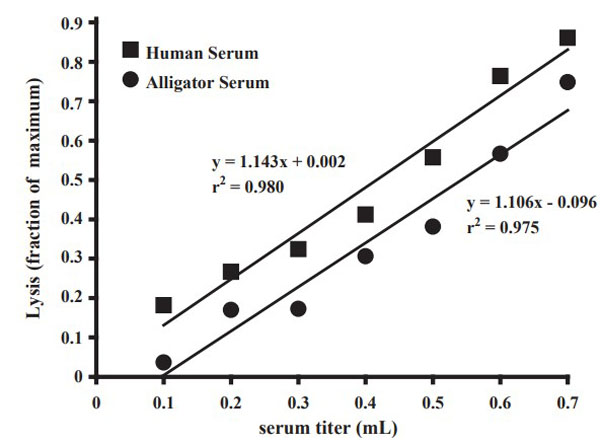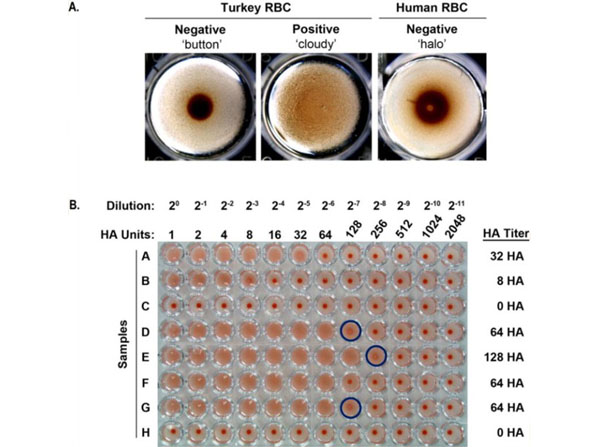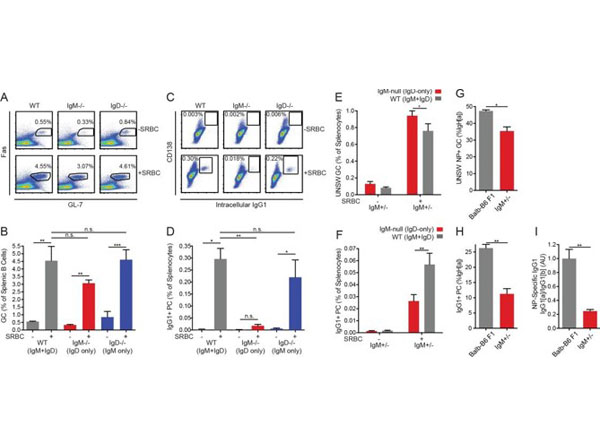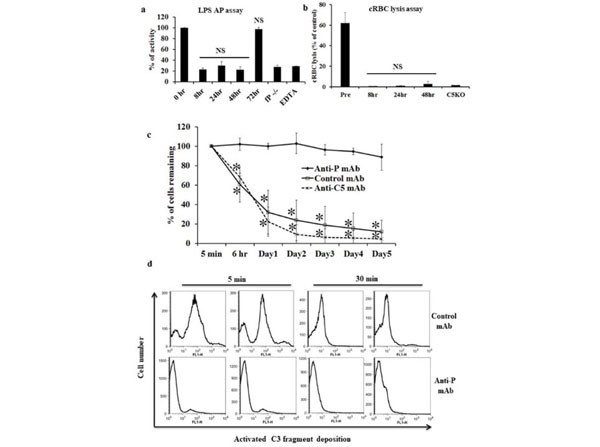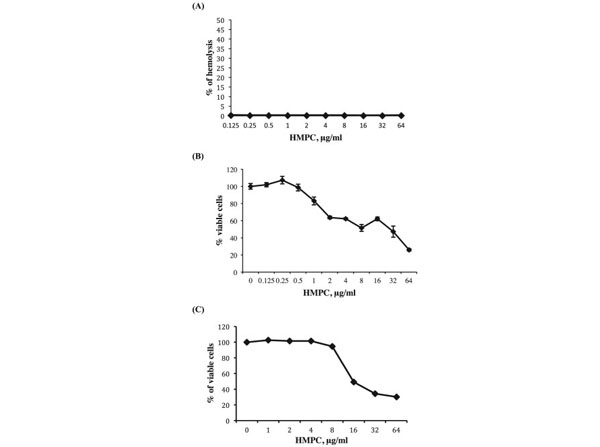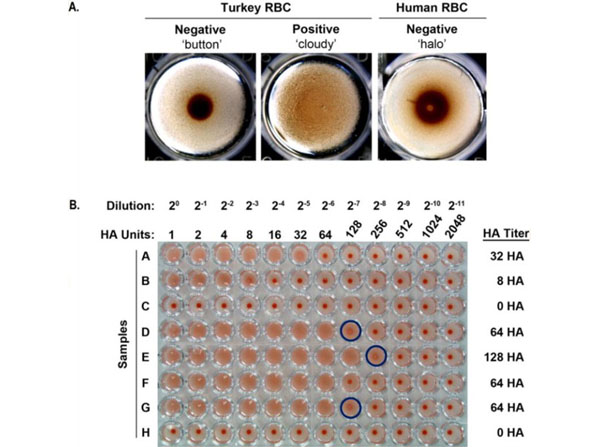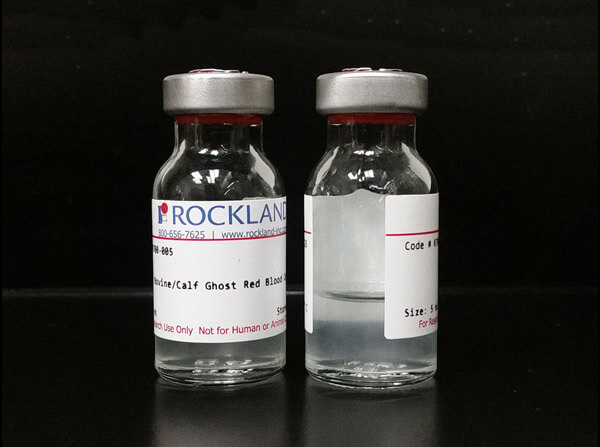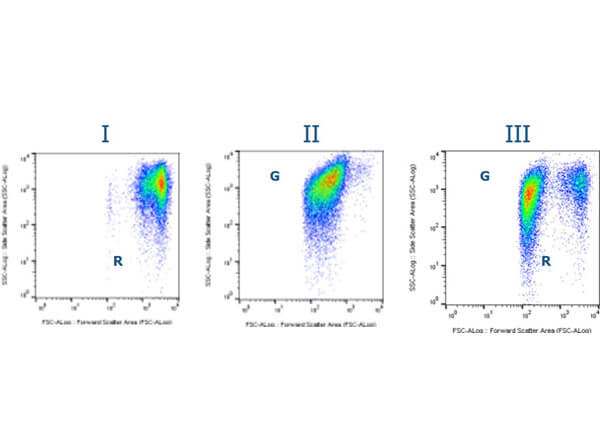Red Blood Cells
The Red Blood Cells category offers a comprehensive array of both animal and human red blood cells (RBCs), each aseptically collected and prepared-to-order to ensure the highest standards of quality and safety. Emphasizing Rockland's specialization in sheep RBCs for applications like Erythrocyte rosetting (E-rosetting), this selection caters to the diverse needs of the scientific community. With a focus on delivering repeatable and reliable results, these RBCs find application in a broad spectrum of research areas, from blood product development to biological technology testing.
- Comprehensive selection: Offers both animal and human RBCs for varied research needs
- Application diversity: Suitable for E-rosetting, agglutination assays, and more
- Reliable quality: Ensures safety, quality, and repeatability in scientific outcomes
Product Categories
Species of Origin
Sterility
